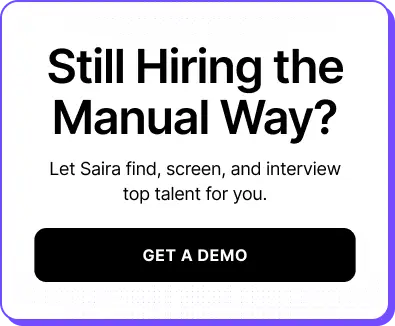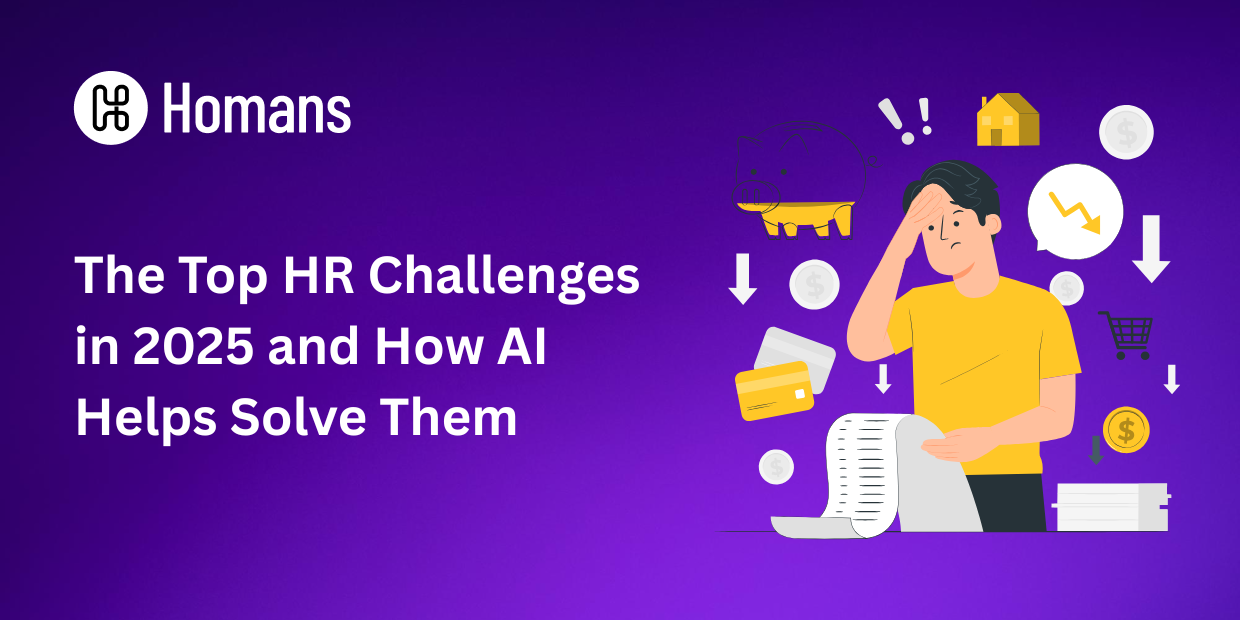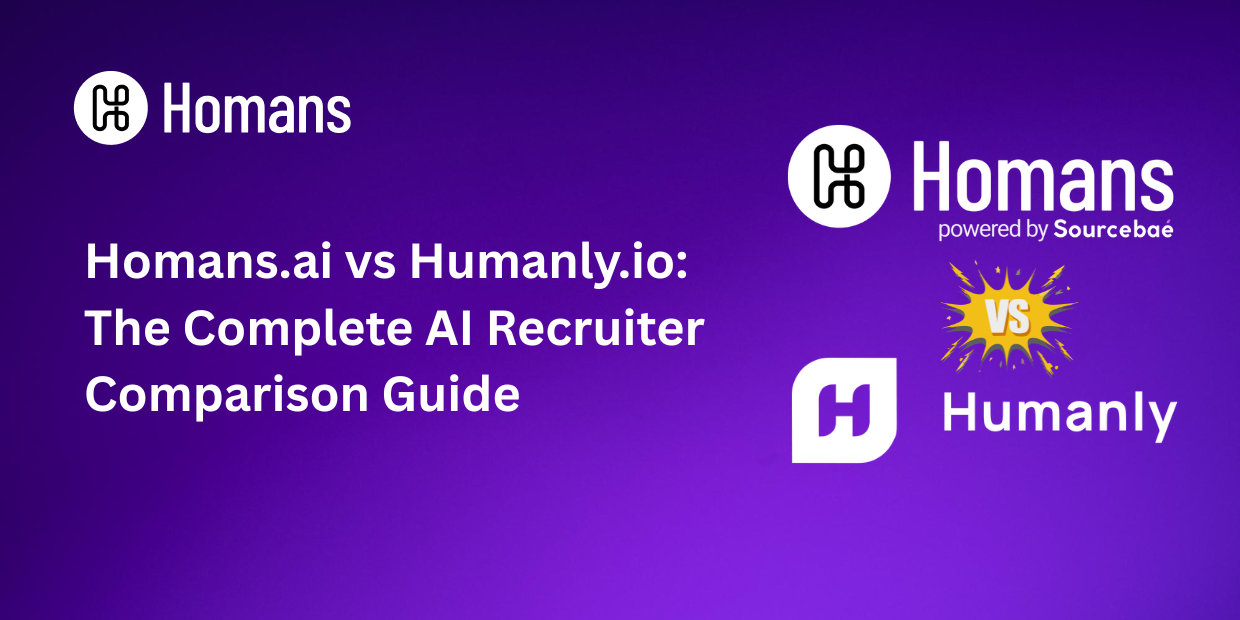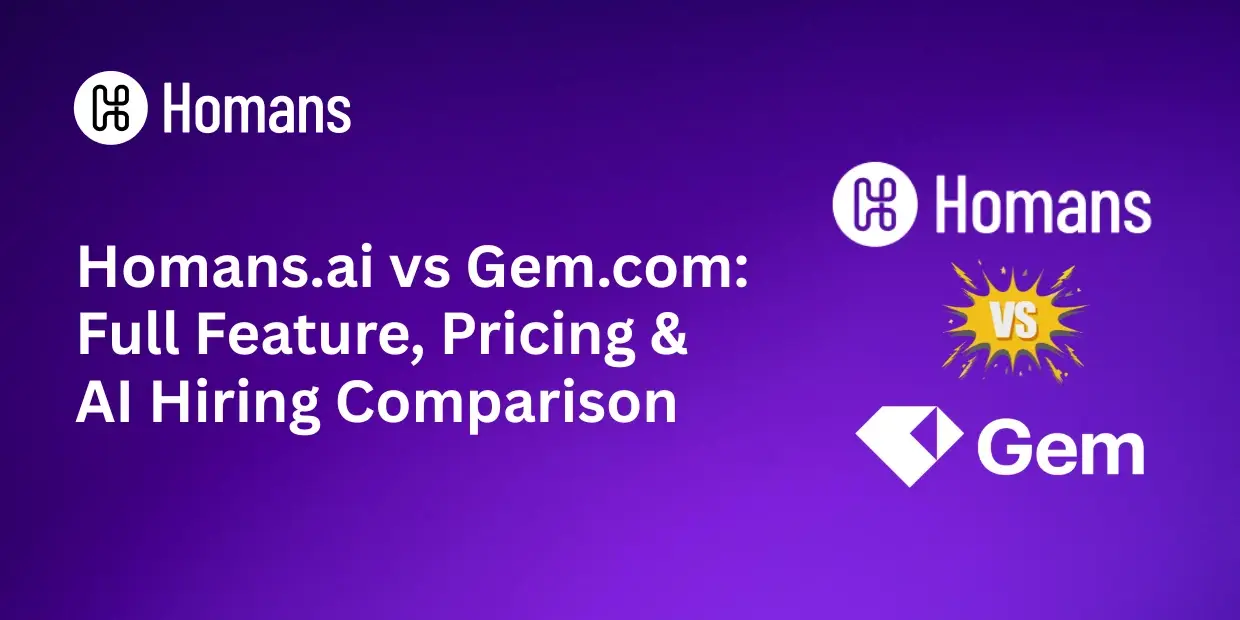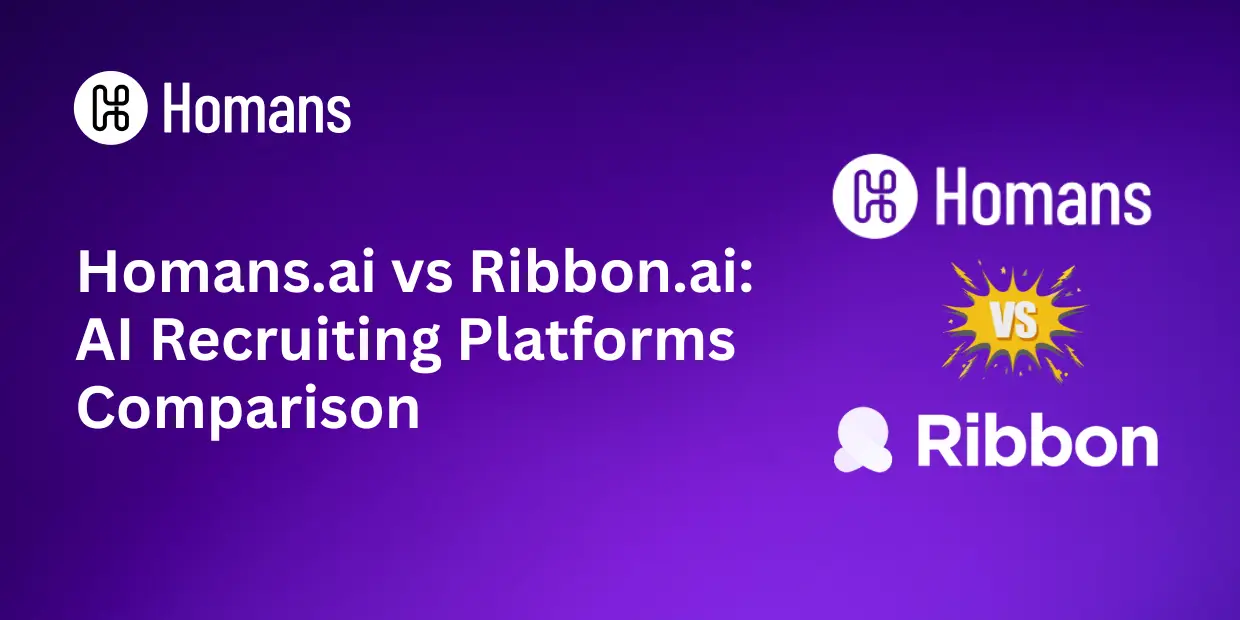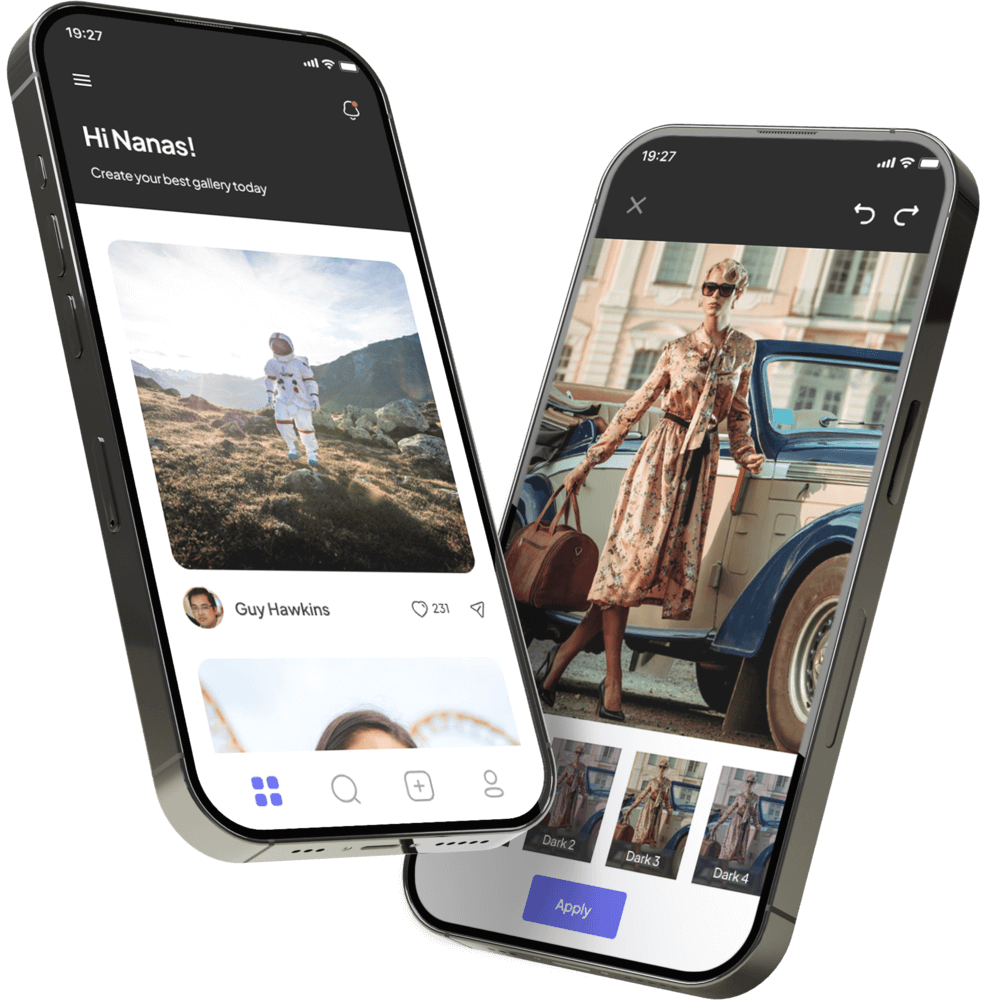Introduction
In 2025, the human resources (HR) landscape is evolving at record speed, driven by hybrid work models, rapid technological advancements—especially in artificial intelligence (AI)—and shifting talent expectations. HR leaders now face a dual imperative: they must keep pace with disruptive change while addressing the increasing demand for personalization, fairness, and employee well-being. AI adoption stands out as both one of the most formidable challenges and a catalytic solution for the future of HR, capable of redefining how organizations attract, retain, and empower talent.
This article explores the top HR challenges in 2025 and demonstrates how AI can help HR leaders turn these obstacles into opportunities for transformative change.
I. The Top HR Challenges in 2025
1. Integrating AI Into Daily Workflows
The pressure to adopt AI systems has reached a critical point for HR departments. Globally, corporate AI investments are approaching $200 billion, yet nearly half of HR-led AI projects have faltered or been abandoned, revealing major gaps in execution and ROI.
Key concerns include:
- Disruption to existing workflows and employee anxiety about job security.
- Navigating ethical dilemmas and AI bias.
- HR teams feeling unprepared to lead large-scale digital transformation without upskilling in AI fluency and responsible innovation.
Case Study:
A multinational firm adopted a generative AI tool for resume screening but failed to train staff and establish clear ethical guidelines. The system amplified legacy bias and was ultimately shelved—a costly lesson in the need for upskilling and oversight.
Stat:
60% of HR leaders listed AI implementation as their top priority in 2025, but only a minority feel confident in their teams’ AI capabilities.
2. Hybrid and Flexible Work Environments
The hybrid and remote-first model is the new normal: 68% of employees now expect some degree of flexibility in where and how they work. This shift creates persistent challenges:
- Maintaining employee engagement, productivity, and collaboration across distributed teams.
- Balancing flexibility with a cohesive organizational culture.
- Ensuring equal opportunities and fairness for remote and in-office workers.
Insight:
Companies that neglect culture-building in remote scenarios see up to 25% higher turnover among new hires.
3. Leadership and Manager Development
The role of managers is being redefined—with middle managers absorbing new responsibilities, from digital adoption to employee mental health. Executives face:
- Outdated leadership development programs that do not address today’s hybrid and AI-powered workplaces.
- Overwhelmed managers lacking support for future-focused leadership and real-time coaching.
Example:
A banking firm discovered that 44% of first-line managers felt “unprepared” for leading cross-functional, remote teams after a leadership style overhaul.
4. Talent Acquisition and Retention
The war for top talent is fiercer than ever. Companies grapple with:
- Intense competition and increasing wage pressures.
- Persistent skills shortages in emerging technologies, analytics, and change management.
- The need to reduce time-to-hire while minimizing turnover risks and ensuring a positive candidate experience.
- Emerging employee expectations for personalized development and fast internal mobility.
Stat:
Bad hires cost up to 30% of a new employee’s first-year salary, emphasizing the stakes of effective recruitment and retention.
5. Skills Gaps and Workforce Transformation
The shift from static job roles to skills-centric models is accelerating. This:
- Increases demand for talent mapping, upskilling, and reskilling programs.
- Pressures HR to continuously align workforce skills with evolving business needs.
Example:
Forward-thinking companies use “skills intelligence” platforms to dynamically map existing skills, identify future needs, and plan targeted upskilling.
6. Employee Experience and Engagement
Employees in 2025 demand not only fair compensation, but also well-being, purpose, and flexibility. HR faces a “new soup” of engagement challenges, including:
- Addressing diverse generational and cultural expectations.
- Customizing solutions for mental health, learning styles, and career development.
Insight:
AI-powered sentiment analysis is helping HR teams identify early warning signs of disengagement, enabling more timely interventions.
II. How AI Helps Solve the Biggest HR Challenges
1. Automating and Streamlining Administrative Processes
AI-powered workflows automate repetitive tasks such as document management, onboarding, scheduling, and compliance tracking. This frees HR professionals to focus on strategy, innovation, and human relationships.
Case Study:
A global technology company reduced time spent on onboarding paperwork by 70% after adopting an AI-driven HR platform.
2. Improving Recruitment and Talent Acquisition
AI is revolutionizing recruitment through:
- Automated screening and shortlisting: AI filters thousands of applications, identifies best-fit candidates, and conducts preliminary interviews via chatbots.
- Bias reduction: Algorithms can be trained to minimize unconscious bias during candidate evaluation.
- Predictive analytics: AI assesses candidate fit, forecasts turnover risk, and enhances decision-making for hiring managers.
Stat:
65% of organizations now use AI in their recruitment workflow, reporting shorter time-to-hire and higher quality-of-hire.
3. Personalizing Learning and Development
AI-powered “skills intelligence” maps current workforce skills and recommends just-in-time training that aligns with both company needs and employee aspirations.
- Personalization engines suggest microlearning modules, certifications, and career development resources at the precise moment of need.
- For managers, AI can recommend targeted developmental content before key events—such as feedback conversations—ensuring knowledge retention and context.
Example:
A manufacturing firm introduced AI-driven L&D, resulting in a 43% increase in employee participation and faster upskilling for digital transformation initiatives.
4. Enhancing Employee Engagement and Retention
- Sentiment analysis tools monitor engagement by analyzing employee communications, survey responses, and behavioral data for signs of disengagement or burnout.
- Generative AI develops personalized retention plans, helping identify career paths and growth opportunities tailored to each employee’s profile.
Impact:
Early intervention using AI-identified data correlates with lower attrition rates and improved employee morale.
5. Supporting Leadership Development
- AI tools provide data-driven insights for leadership pipelines, identify high-potential talent, and support real-time coaching for leaders.
- Automated feedback loops offer leaders personalized learning content and insight into evolving best practices.
Example:
A logistics company deployed an AI-powered leadership dashboard that tracked and responded to team sentiment in near-real time, improving leadership trust scores by 28% in one year.
6. Data-Driven Workforce Planning
AI analytics enable HR teams to:
- Forecast skills gaps by continuously analyzing workforce capabilities and business requirements.
- Optimize talent allocation with real-time insights, ensuring the right people are deployed on the right projects.
Case Study:
An international retailer used AI-driven workforce planning to forecast seasonal staffing needs, reducing labor costs by 12% while maintaining customer service quality.
7. Maintaining Transparency and Trust in AI Adoption
- Open communication about which AI tools are used, how data is managed, and why decisions are made is essential for employee trust.
- Involving employees in AI implementation discussions helps build accountability and reduces resistance.
Best Practice:
Organizations are forming cross-functional AI governance committees (HR, legal, tech) to oversee ethical AI usage and communicate clearly with affected teams.
III. Key Considerations for Successful AI Adoption in HR
To derive maximum value from AI, HR leaders must:
- Champion human–AI symbiosis: Use AI to augment human strengths, not replace them. AI should serve people, allowing HR professionals to focus on empathy, relationships, and strategic thinking.
- Invest in ongoing AI and digital literacy: Provide continuous learning on ethical AI use, digital fluency, and the redefinition of HR roles.
- Establish governance and ethical standards: Implement ethical frameworks, regular monitoring, and cross-functional oversight to guard against bias, ensure data privacy, and maintain fairness in automated decisions.
- Communicate transparently: Explain AI’s role and impact in HR processes, including data handling and decision criteria. Engaging employees early in the AI adoption journey fosters trust and acceptance.
Tip:
Use people analytics to assess the impact of AI-powered changes and redesign HR workflows in collaboration with employees.
Conclusion
As 2025 unfolds, the future of HR hinges on embracing both monumental challenges and transformative opportunities presented by AI.

